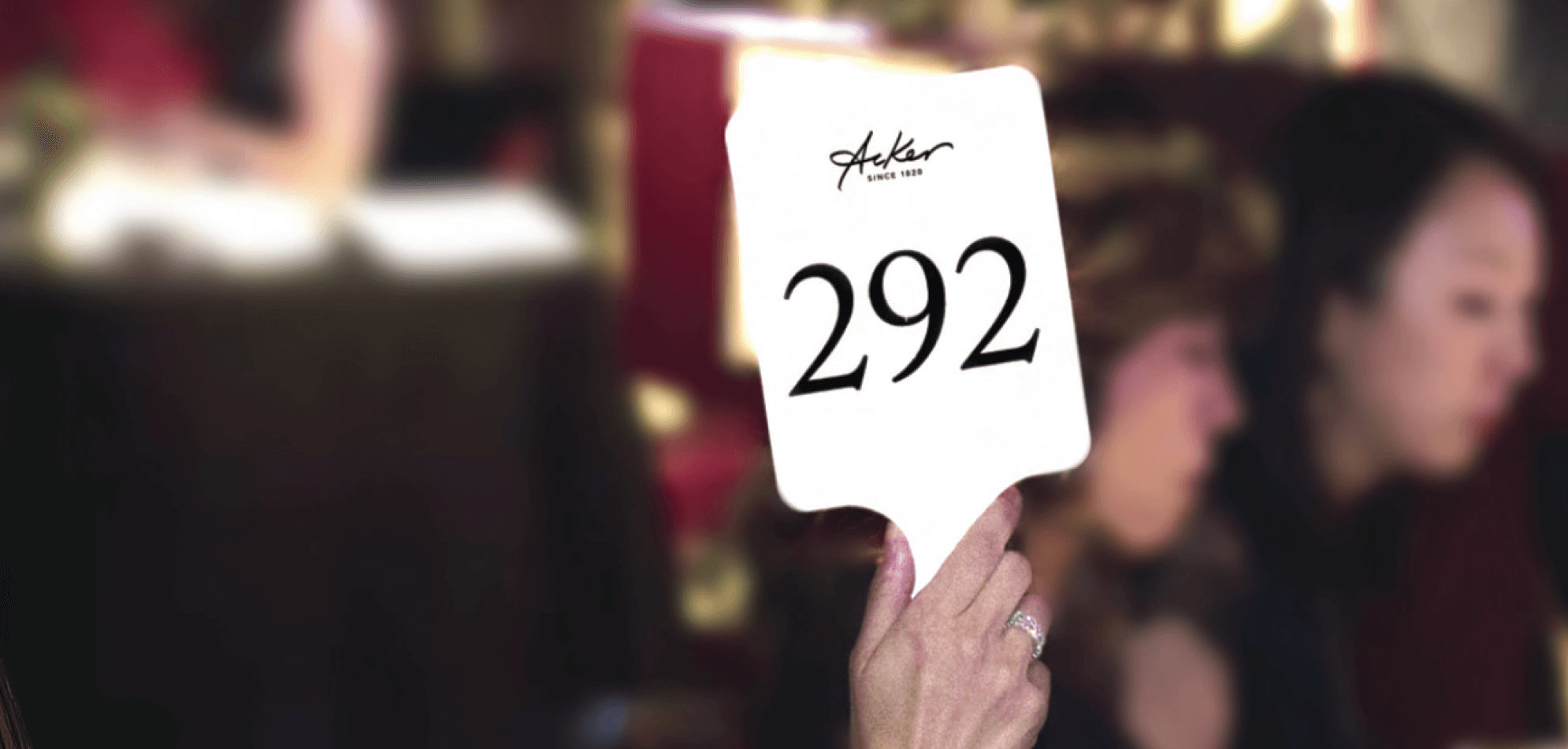By: DAVID ZIVAN

If you are willing to reconsider how you define “return-on-investment,” putting some money into fine wine might be a smart play after all.
With apologies for the boorish introduction, it seems useful to begin with some numbers. First, take 1990 — just another year, for most of us, but for observers of the Burgundy region, the vintage was “a standout,” “legendary,” and “arguably the finest between 1978 and 1999.” A bottle of the main offering from the storied Domaine de la Romanée-Conti would have run you probably $800 or so when it was first made. In 2006 — about halfway between then and now — the iconic New York retailer Acker offered a mixed case of DRC 1990’s for $24,999, or just over $2,000 per vessel.
A little more than 15 years later — that is, this past January — at an auction in Hong Kong, Acker sold six bottles of 1990 Romanee Conti for about $180,000. Need me to do the math?
“Wine has proven to be an exceptional asset in terms of return,” says Irv Goldman, CEO of Acker, which has been in operation since 1820. “A lot of big collectors were very financially savvy people all along. And I think they recognized it a long time ago. Over the past five or six years, the whole world has recognized it as a real asset class. And that’s why so much money has been pouring into it. There’s a lot of great wine out there, from all over the world. But there is a class of wine that is collectible — and people do drink it — but the majority are buying it for investment purposes.”
Last year, Acker exceeded $200 million in auction sales, the result of a combination of factors. The pandemic has only accelerated consumer comfort with virtual experiences (“the market is the market,” Goldman notes), which are intrinsically global, and more people are seeking pleasure at home. The experiential nature of wine — as opposed to, say, gold — has also made it more attractive as an asset for younger people.
Jenni Wagoner, Group Wine Director for the Zuma restaurant group, agrees. Especially in the past five or six years, she says, she has noticed newbies acquiring “a deep understanding of regions where people are collecting, a lot of knowledge, and also really impressive wines.” Wagoner travels widely to oversee an ever-expanding portfolio of wine programs (currently 16), and she says the phenomenon of younger collectors — those “looking at more of a long term financial investment” — is even more prevalent outside of South Florida. The community here does possess at least one defining characteristic, she says, and it embodies the paradox at the heart of wine collecting. “They’re just extremely generous people,” Wagoner says. “They are looking to enjoy. Some people are investing. But more just want to have a collection so that they can invest in social engagement. They’re purchasing so that they can enjoy it with people.”
When I reach him during his resort vacation in Key West, Atlanta-based collector Charles E. “Trip” Johnson agrees with that approach. “Buy wines because you love them,” he says. “Share them with anybody who has an appreciation of them. If you buy smartly and drink smartly, and if things go right, you may end up turning a profit if you ever choose to sell some of your wine. But I would look at it as happenstance rather than a plan. There are just easier ways to make money.”
